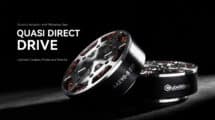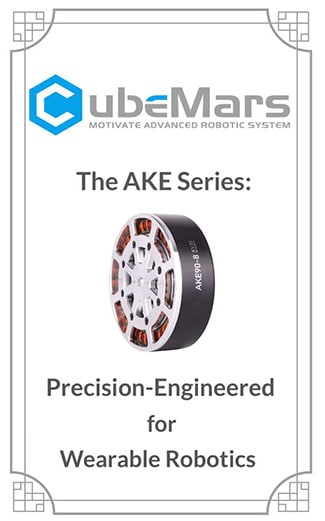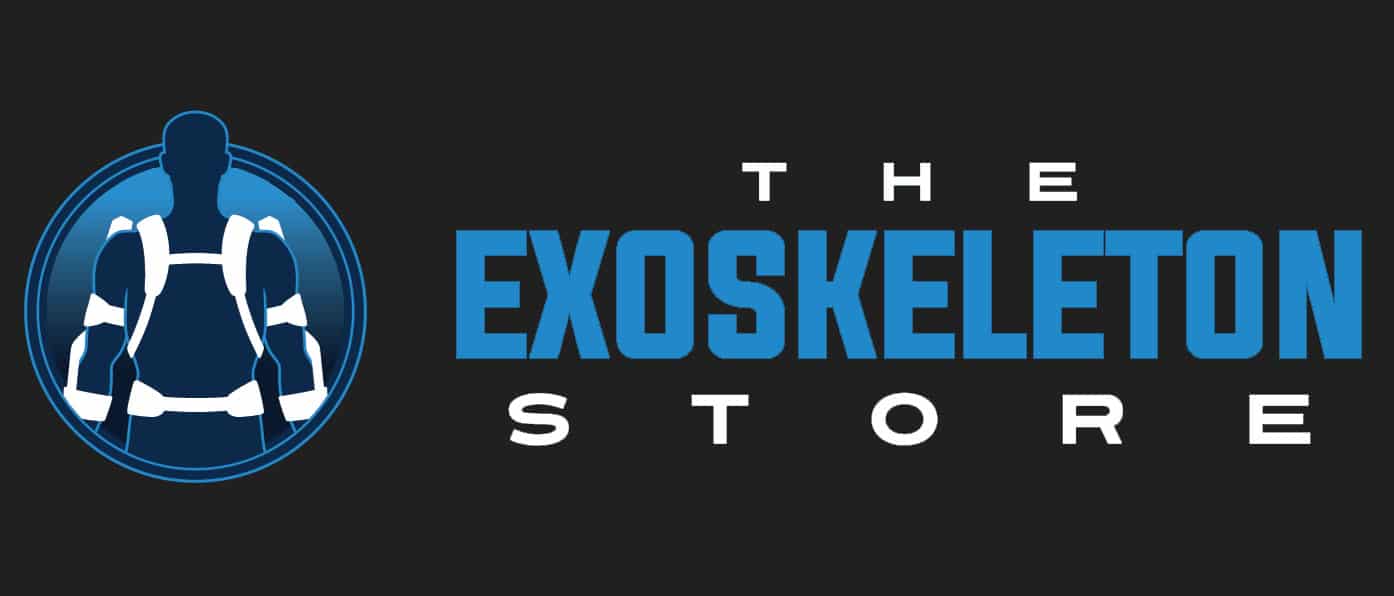In October 2014, Lockheed Martin made the news by showing its newest exoskeleton, the FORTIS. The FORTIS is a passive exoskeleton that does not have any motors, sensors, or electricity. The FORTIS suit acts like a flexible crane strapped around a human: one or two spring loaded mechanical arms are attached to a heavy tool or equipment. The mass of the attachment is countered by weights on the back of the suit. The combined weight of the attached instrument and the counter weights is then transmitted down to the ground through the FORTIS exoskeleton. As a result, the weight the attached piece goes directly into the ground, bypassing the operator. Initial studies point to significant increase in worker productivity and possible decrease in workplace injury rates. Further studies are currently being conducted on at least 2 prototype units.
Jason Mick at DailyTech.com has written an excellent article on the FORTIS:
From HULC to FORTIS: the Evolution of Lockheed Martin’s Incredible Exosuit
This absolutely great article follows the history of Lockheed Martin’s work on exoskeletons from 2008 to 2014:
- HULC
- iHAS
- MANTIS
- FORTIS
As impressive as the FORTIS suit appears to be, it is not clear if passive exoskeletons will gain a foothold.








Add Comment